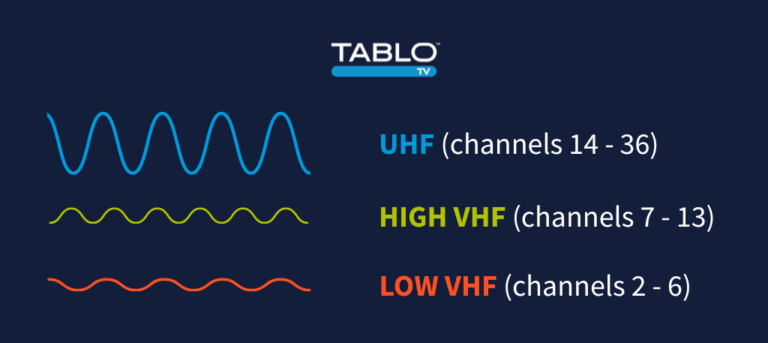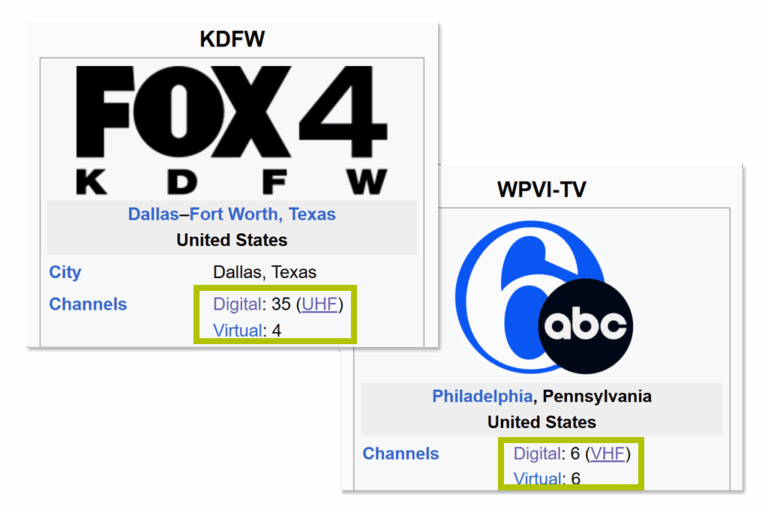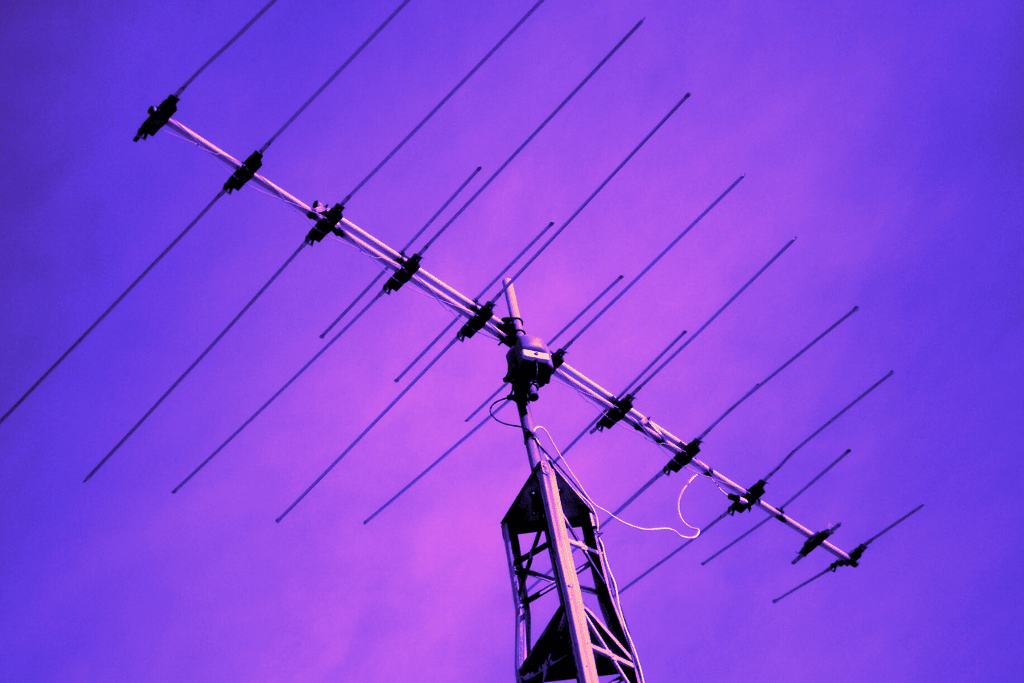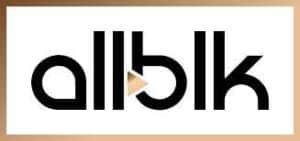
Today’s question comes from Matt, who says, “I’m one of many people in Philly who seem to have trouble getting the local ABC station over-the-air. What do I need to do with my TV antenna to get it to come in clearly?”
In Philadelphia, ABC channel 6.1 (WPVI) is one of the few major networks in the United States broadcasting on the very lowest frequencies within the over-the-air TV spectrum. The only way to receive ABC and other low VHF stations reliably is with a specialized TV antenna.
Let’s talk about why…
UHF vs. VHF Frequencies

In the United States, over-the-air (OTA) TV signals are broadcast on two different frequency bands: UHF (Ultra High Frequency) and VHF (Very High Frequency). Each of these frequencies has different wavelengths.
In general, digital channels 14 to 36 are broadcast via UHF. Channels 7 through 13 are in the high VHF spectrum, while channels 2 through 6 make up the low VHF spectrum.
While a lower channel number is a potential indicator for the station being broadcast on a VHF frequency, that’s not always the case.
More on that later…
Broadcast Frequencies and TV Antenna Technology
Since most channels today use UHF frequencies, modern TV antennas tend to be optimized for UHF wavelengths.
Within the minority of stations still broadcasting on VHF frequencies, most use the high VHF range, adjacent to the UHF spectrum. So even TV antennas that support both UHF and VHF frequencies, especially ‘flat’ indoor models, tend to pick up only the high VHF stations.
ABC in Philadelphia is an anomaly because it still broadcasts on the low VHF spectrum and therefore requires an antenna design much different than the average commercial TV antenna.
Outdoor antennas capable of picking up low VHF channels have very long rods (aka dipoles) while indoor models generally use more traditional ‘rabbit ear’ antenna rods that can be extended to receive VHF stations.
How to Determine Which Channels Really Are VHF
All over-the-air channels have both a ‘virtual’ channel number – what you see as a viewer – and a separate ‘digital’ channel number used for transmitting. These numbers aren’t always the same, so unfortunately, it’s not safe to assume all channels below 14 are VHF.
For example, viewers in Dallas tune in to channel 4.1 to watch FOX affiliate KFDW. But its digital or transmit channel is 35, which means it’s on the UHF spectrum and a specialized TV antenna isn’t required.
In the case of WPVI in Philadelphia, its digital channel number and virtual channel number are both 6.1, meaning it is broadcast on the low VHF spectrum.

It’s easy to confirm which frequency your local channel is using if you suspect VHF is the cause of your reception issues. Simply search the station’s call letters on Wikipedia. The sidebar section will show the station’s virtual and digital channel numbers, as well as whether it’s broadcast on the VHF or UHF spectrum.
Have a question about watching TV that you’d like answered? Send us a note and you may see your question on the Tablo blog and in an upcoming issue of our newsletter, Stay Tuned!













































































































